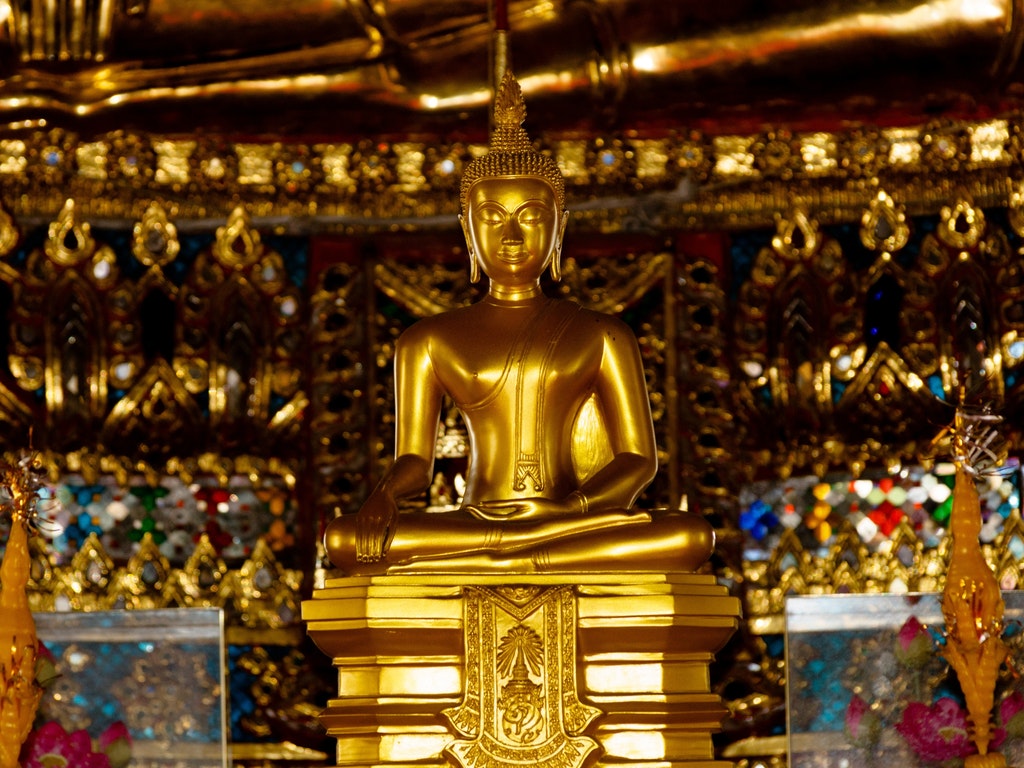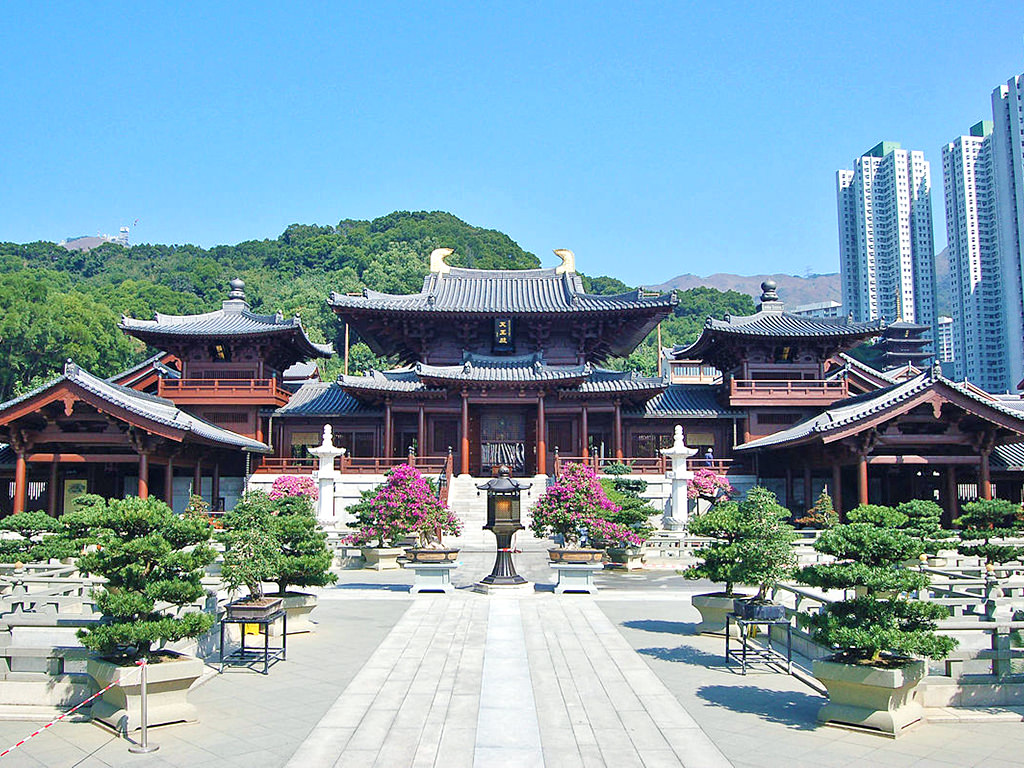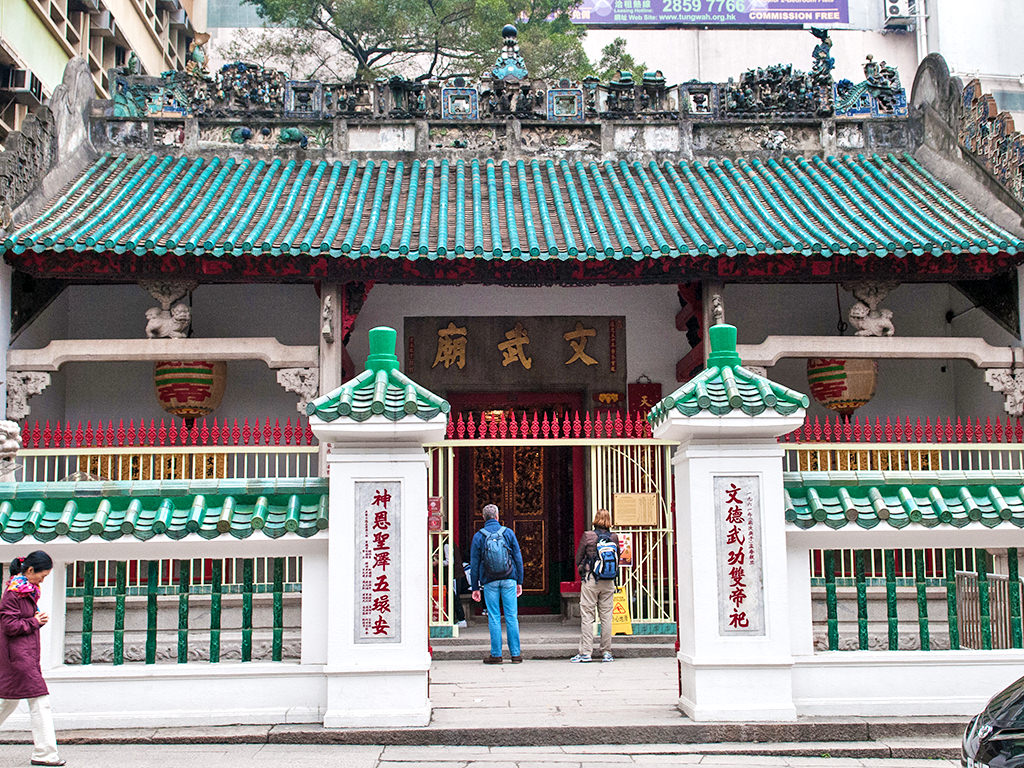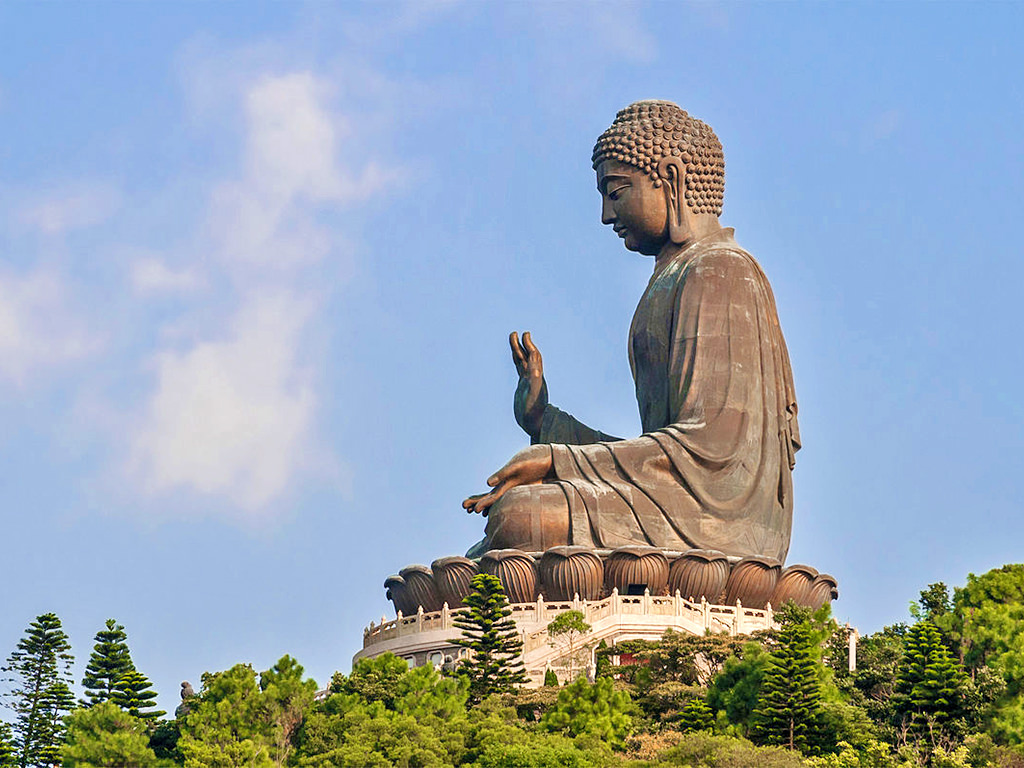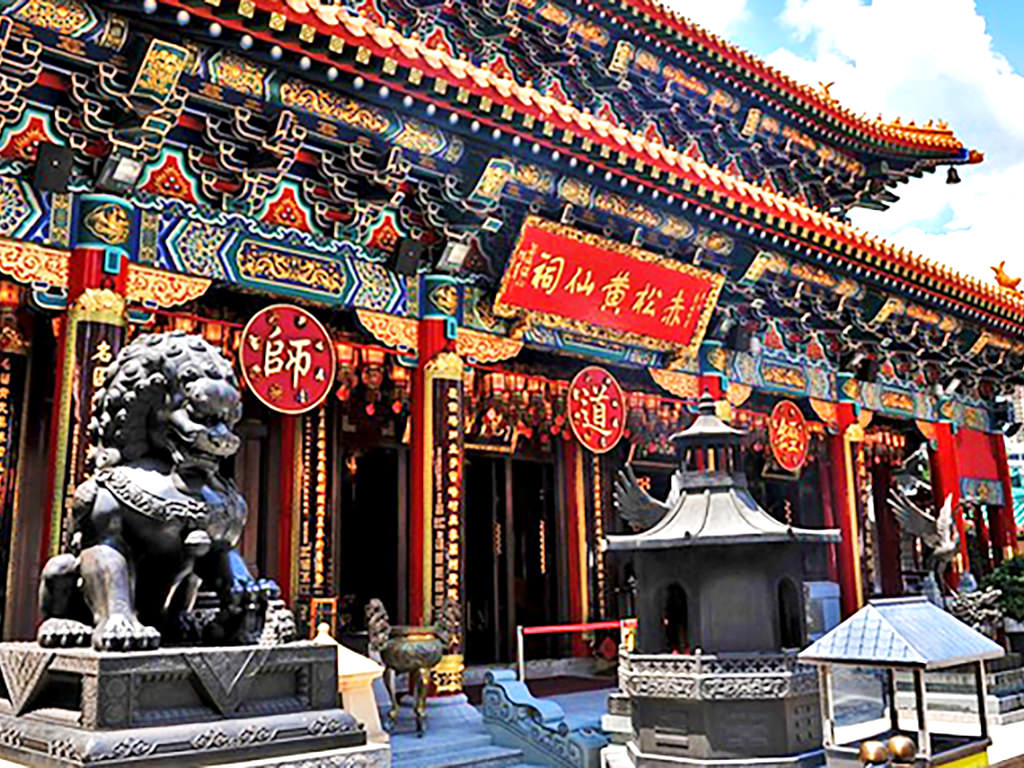4 Mins Read
Hong Kong isn’t just high rises, humidity and the Happy Valley Racecourse. For all its fast-paced modern grandeur, our vibrant, dense island city is home to many historic religious sites. From the beautiful architecture to the tranquil gardens that accompany the temples to the striking statues that adorn pagodas, verandas and halls, Hong Kong features a wealth of spiritual spaces to reflect and offer prayers. When you need to take a step out of the rat race, here are five of Hong Kong’s most spiritual spots to slow down, catch your breath, and find some serious clarity.
Chi Lin Nunnery
Originally built as a retreat for Buddhist nuns in 1934, Chi Lin Nunnery underwent renovations in the 1990s to further showcase the architectural style of the Tang Dynasty. As one of the largest temples in Hong Kong spanning over 33,000 square meters, this sacred space consists of lotus ponds and 16 temple halls with statues representing the Sakyamuni Buddha, the goddess of mercy Guanyin, and bodhisattvas made up of clay, wood, and gold. The temple halls and the Chinese garden in front of the nunnery are free of charge to enjoy.
5 Chi Lin Drive, Diamond Hill, +852 2354 1888. Open Daily to the public from 7:00AM – 9:00PM.
Man Mo Temple
Amidst the hustle of Hollywood Road, Man Mo Temple sits as a peaceful reprieve against looming skyscrapers and high rises. Built in 1847 by wealthy Chinese merchants, the temple was originally constructed to pay tribute to the God of Literature (Man Cheung) and the God of Martial Arts (Mo Tai). There are several Man Mo Temples all across Hong Kong, though the Hollywood Road location is by far the best known. A three-part complex featuring Lit Shing Kung to the east for the worship of all Chinese gods, and Kung Sor to the west as an important historic assembly hall for community affairs, Man Mo Temple has been listed as a Grade I historic building since 2009 and is preserved as a declared monument to serve as a reminder of the city’s roots and events that have shaped its character and people.
124-126 Hollywood Road, Sheung Wa, +852 2540 0350. Open Daily to the public from 8:00AM – 6:00PM.
Po Lin Monastery
A Buddhist community founded in 1906, Po Lin Monastery has evolved from a stone chamber and thatched hut to become a renowned spiritual space embodying Buddhist culture, architecture, landscape, and gardening. Constantly moving forward and building through the undertaking of the abbots, the monastery encompasses several prominent architectural structures and is perhaps best known for the Tian Tan Buddha statue (informally known as the Big Buddha) built in 1993. The Big Buddha sits 34-meters high and faces north to look over the Chinese people and is a popular tourist destination, though if you are looking for some serenity, Po Lin is the place to sit back and ponder life’s big questions.
Po Lin Monastery, Ngong Ping, Lantau Island, +852 2985 5248, info@plm.org.hk. Open Daily to the public from 10:00AM – 5:30PM.
Ten Thousand Buddhas Monastery
One of Hong Kong’s most famous Buddhist temples, many are surprised to discover that Ten Thousand Buddhas Monastery isn’t actually a monastery and it doesn’t contain (just) 10,000 Buddhas. No monks reside at this Sha Tin sanctuary- rather it is managed by volunteers. Built over two levels atop a bamboo forest hillside, the site features five halls, four pavilions, one verandah, a pagoda and over 13,000 Buddhas, Ten Thousand Buddhas Monastery features Arhan statues, Sakyamuni Buddha, and the goddess of mercy Guanyin. Founded by Buddhist monk Yuet Kai in the 1950s, the place was meant as a sanctuary for worship. Fun fact: Yuet Kai’s body was embalmed after his death and is exhibited in a glass case inside the main hall of the monastery.
220 Pai Tau Village, Sha Tin, +852 2691 1067. Open Daily to the public from 10:00AM – 5:00PM.
Wong Tai Sin Temple
One of Hong Kong’s most busiest temples, Wong Tai Sin Temple is home to three major religions: Taoism, Buddhism, and Confucianism. Built to honor the monk Wong Tai Sin, who became a deity in the fourth century, this 18,000 square meter spiritual space is where worshippers come to pray for good fortune through offerings, divine guidance and fortune telling. Designed and constructed in the traditional Chinese style with grand red pillars, guard lions at the entrance, golden pagoda roofs, and plenty of incense rubs and lanterns, no flash photography or video recordings are allowed on premises.
2 Chuk Yuen Village, Wong Tai Sin, +852 2327 8141, info@siksikyuen.org.hk. Open Daily to the public from 7:00AM – 5:00PM.
Images courtesy of Green Queen (lead) and Wikipedia.

